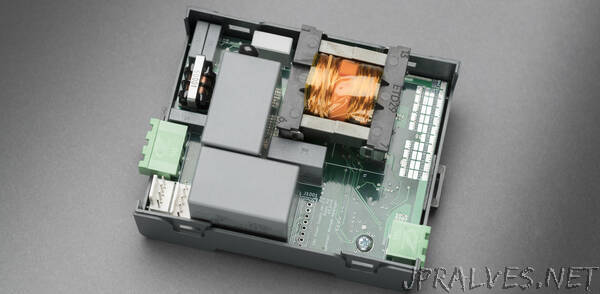
“Scientists Have Developed a New Control Method that Significantly Increases the Service Life of End Devices.
From the charging unit for smartphones to the power supply of the laptop or washing machine to LED lights or charging stations of electric cars – switching power supplies are omnipresent in electrical devices. They convert the alternating current from the house line into the direct current needed by the device. The problem: power supplies are susceptible to errors, which also reduces the service life of end devices. Researchers of Karlsruhe Institute of Technology (KIT) have now developed a power supply unit with a significantly increased service life.
Switching supply units used today are of light weight and compact design, but also susceptible to errors due to the incorporated electrolyte capacitors. Film capacitors would have much longer service lives. However, they need up to ten times more space. Scientists of KIT’s Light Technology Institute (LTI) have now developed a digital control method for use of film capacitors that need slightly more space only.
The control method runs on a microprocessor integrated in the supply unit and detects disturbing environmental impacts, such that e.g. higher voltage fluctuations can be balanced. Hence, storage capacitors of reduced capacity are sufficient. Michael Heidinger, LTI, summarizes the advantages: “Use of these film capacitors eliminates the main cause of failure of power supplies, i.e. electrolyte capacitors. Depending on the design, service life may be increased by a factor of up to three.” The result is a much reduced maintenance expenditure. “This is a big advantage, in particular in areas where highest reliability is required, such as in aviation, electric cars or industrial applications.”
This technology has become feasible with the use of high-performance microprocessors only, Heidinger says. “Digitization of power supply units can be compared with the technological leap from analog to digital photography.” The technology also enables other advantages of digitization, such as remote maintenance capability and integration into the Internet of Things.”
